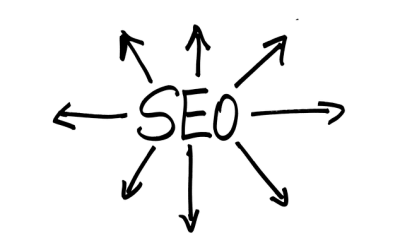Building Your Own Community Online
In the world of social media marketing, one of the biggest mistakes one can make is treating their efforts online as a numbers game: essentially, defining success in terms of getting the most followers, likes, and fans possible.
Firstly, in many cases when you see a business or an individual that you are not familiar with, but which has a seemingly out-of-proportion number of followers, there’s a very good chance that they paid for these followers, which results in no meaningful online interaction for the brand and more influential users will likely dismiss that account.
Looking at Twitter in particular, one user, Amil Dash, recently penned a piece discussing how being an early adopter of Twitter and being highlighted by someone at Twitter, sent his followers in the realm of half a million. However, what’s most informative about Dash’s story is that with over 500,000 followers, he had astoundingly little meaningful engagement with his followers.
As he himself recounts, “Worst of all: Nobody clicks. Well, not nobody, but out of about 550,000 followers on Twitter, it’s very common for fewer than 400 of them to click on a link I share. (That’s .07%!)”
What’s important to take away from Dash’s story is that whether you are on Twitter, Facebook, or another popular social network, you cannot rely on the popularity of the services themselves to carry you towards meaningful engagement and running an effective marketing campaign.
So what should your priorities be in building a real, interactive, and responsive community of followers on services like Twitter? Looking at the case of Kim Kardashian in particular, one sees that she first gradually built up her presence and fans/followers on Twitter, Facebook, and Instagram and than began to shift the attention away from these networks toward her own independent media hub.
As Jordan Kretchmer over at Search Engine Land remarks in looking at the case of Kardashian, he states, “By centralizing their communities on their own websites and mobile apps, these celebrities put control over the content, data and profits into their own hands — not in the hands of a third party, like Facebook or Twitter.”
In going forward with your social media strategy, you might want to change your focus from simple audience building on social networks to using these networks as a jumping off point for you to direct your online community of followers back to your hub, be it your website or original social platform. By doing this, you are indirectly guiding the conversation and keeping the focus on shared values established by your brand and, in turn, your community, reinforcing your brand message while creating an audience who will actually engage with and become loyal to your brand.



